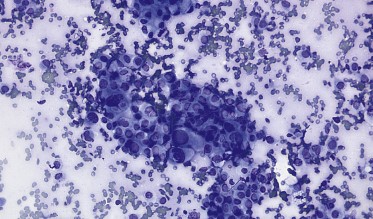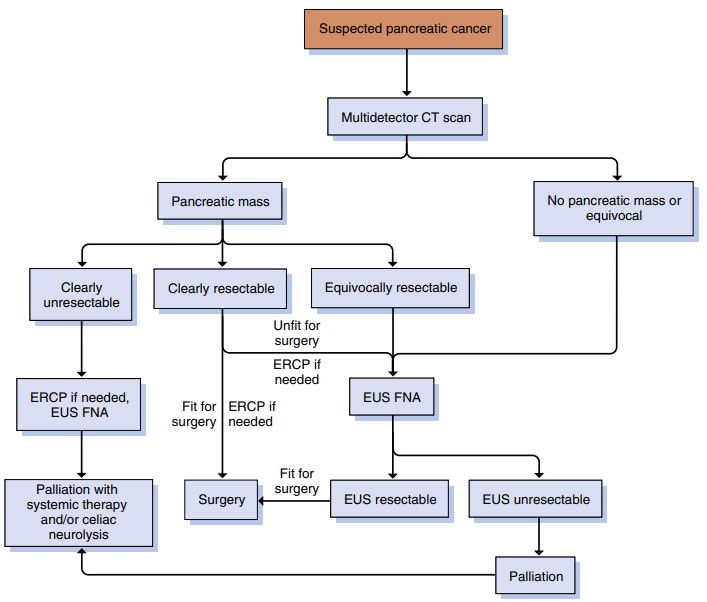
Endoscopic Ultrasound and Pancreatic Tumors: A Precision Tool for Diagnosis and Staging
Discover the role of Endoscopic Ultrasound (EUS) in the early detection and accurate staging of pancreatic tumors, particularly pancreatic ductal adenocarcinoma and pancreatic neuroendocrine tumors (PNETs). This advanced diagnostic technique has emerged as the most sensitive imaging modality in these scenarios, outperforming traditional methods such as CT and MRI in certain aspects.
EUS: The Most Sensitive Modality for Early Detection of Pancreatic Tumors

Endoscopic Ultrasound (EUS) is recognized as the most sensitive imaging technique for diagnosing pancreatic ductal adenocarcinoma, especially for lesions smaller than 2 cm. This high level of sensitivity is crucial for early detection, significantly impacting treatment options and patient outcomes.
Superiority of EUS in Detecting Pancreatic Neuroendocrine Tumors (PNETs)
When it comes to pancreatic neuroendocrine tumors (PNETs), EUS stands out for its superior detection capability. It surpasses both computed tomography (CT) and magnetic resonance imaging (MRI) in identifying these types of tumors. This advantage is particularly vital since PNETs can be challenging to diagnose due to their often-small size and varied locations within the pancreas.
Comparative Analysis with CT and MRI in Tumor Staging
While EUS excels in detection, CT remains the most accurate modality for tumor staging and assessing resectability. However, EUS may have the upper hand in detecting portal vein invasion and small-volume ascites. Moreover, MRI and EUS tend to be more accurate in identifying small hepatic metastases, which is critical for comprehensive staging.
EUS-Guided Fine-Needle Aspiration: The Gold Standard for Tissue Acquisition
EUS-guided fine-needle aspiration (EUS FNA) is considered the gold standard for obtaining tissue samples from pancreatic mass lesions. The diagnostic yield of EUS FNA can be maximized through the use of the fanning technique and the presence of a cytopathologist for on-site diagnosis. In centers without on-site cytopathology support, recently available core biopsy needles enhance the diagnostic yield.

Conclusion
Endoscopic Ultrasound plays a pivotal role in the early detection and accurate staging of pancreatic tumors. Its sensitivity in diagnosing small lesions and specific tumor types, combined with the precision of EUS-guided fine-needle aspiration, makes it an indispensable tool in gastroenterology. As we continue to refine these techniques, the potential for improved patient outcomes in pancreatic diseases becomes increasingly promising.
Disclaimer: This content is for informational purposes only and should not be considered as medical advice. Always consult a healthcare professional for personal medical advice.
Learn More About Our Gastroenterology Services
Contact Us for More Information
